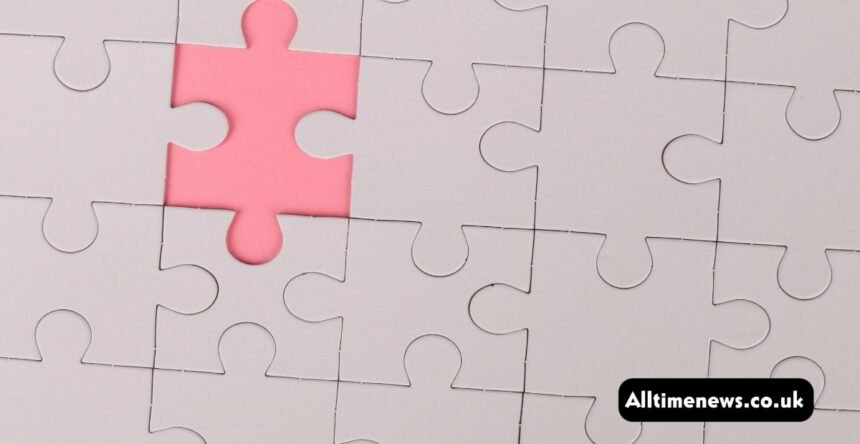Introduction to the NYT Crossword Puzzle
The NYT Crossword Puzzle engages solvers with creative and tricky clues that make you think outside the box. One such intriguing and thought-provoking clue is “Natural property line,” which hints at a naturally occurring boundary that often marks the edge of a piece of land.
The Clue: Natural Property Line
The clue is “Natural property line,” which refers to a natural boundary typically found in rural or agricultural settings. The answer is a feature that separates land areas using vegetation or other natural elements.
Possible Answers
- HEDGEROW: A hedgerow is a line of closely spaced shrubs or trees planted and maintained to form a boundary between different plots of land. It often serves as a natural divider in farmlands and countryside areas. This makes it an ideal answer to the clue “Natural property line.”
You may also like
- Quick Punches NYT Crossword Clue & Answers
- Typical Ending Point for This Puzzle’s Race NYT Crossword Clue
- Actor Simu Who Plays One of the Kens in Barbie Crossword Clue
- Segments of Sonnets Crossword Clue & Answers
- Still Being Tested, As an App Crossword Clue & Answers
Joy of Wordplay in Crosswords
The joy of wordplay in crosswords comes from the challenge of interpreting tricky clues and unraveling layers of meaning. Each clue you solve sharpens your mind, while expanding your vocabulary and understanding of language.
Tips for Solving NYT Crossword Clues
To solve crossword clues more effectively, here are a few helpful tips:
- Look for context clues: The structure and wording of the clue often provide subtle hints about the answer.
- Fill in easy clues first: This can give you letters for harder clues.
- Remember common wordplay tricks: Some clues rely on puns, synonyms, or double meanings.
Conclusion
The answer to the clue “Natural property line” is HEDGEROW, which describes a natural boundary often found in rural landscapes. Clues like this make solving crosswords not only fun but also an enlightening exercise in understanding how language interacts with the world around us.
